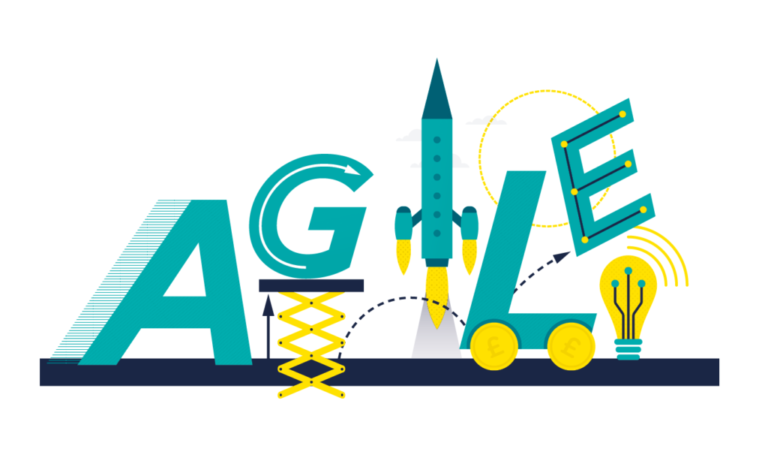
AGILE : Important Pillar
1. Agile doesn’t mean that you need to do work faster. Agile says that you should be able to respond to ‘changes ( requirement change, schedule change..)’, faster.
I have seen many groups, who are ‘supposedly agile’. They have done the work breakdown, they deliver on a continuous basis. But they are not able to handle any change request. That defeats the purpose of agile.
Remember, Agile came into the limelight once, we moved towards the Software industry. In the manufacturing industry, “Six Sigma” and “Just In Time” were good practices. But in the software industry, the output expected is very different. In the manufacturing industry, you produce a car, a very tangible thing. You can always create a well proto-type of car and a good assembly line will produce, cars at scale.
Now, you have to deliver software code. No physical output here. In the initial era of the software era, we used to work in the waterfall model. That is, we used to take requirements from clients, do design, coding, testing as per our/vendor’s understanding & deliver software code to clients. There used to be a big mismatch between what the client had asked and what got delivered. Many times, lot of rework was required, which used to be painful ( and costly), both for the client as a vendor.
The reason being, it was very hard for the client to fully & clearly explain the requirement & it was equally difficult for a vendor to understand each permutation/combination of requirements.
To resolve that problem, Agile came into the picture. The main aim of this is that client should see the system ( say banking system), continuously working with new software, and tell what changes should be done. This rework should cost a bomb to neither client nor vendor.
To emphasize again, If you are really agile, you should be able to respond to changes, faster ( and not necessarily work faster).
2. Understand the difference between Agile team vs agile enterprise.
3. When the process is King, ideation will take a back seat.
4. Innovation requires ‘relaxed focused’ mind. This means that when you plan to do something, be clear what you will NOT do.
Structure & Roles
-
- Understand the strength of our team members & bring work to him as per his strength. Don’t just add more team members in a project. ( That is don’t bring person to work but bring work to person)
- Define the Agile career path for your team members.
- Remember, each company goes through four phases. Entrepreneur, Visionary, Operator & Pragmatic.
First entrepreneurs start the journey. They are risk-takers, can sell & sometimes they ignore the fact that they can fail ( and hence they succeed). After that visionary phase comes. They put the proper framework to scale that idea. In the third phase, Operators come. They make sure that that with the established framework, the output is produced without any issue. The last phase is the pragmatic phase. By this time, the original idea has either lost its relevance or there are too many companies in the market, who are able to produce output by that idea. This is most important phase & many times, companies get hung on/don’t accept the fact it’s time to shut down. Correct action in this phase is to do the fire-sale , minimize the loss and move to the next idea.
Leadership & Culture
1. Trusting & empowering team vs Command & Control model
2. Managers should clearly articulate the ‘Value” added by them
3. Remove blockers
4. Continuous feedback loop from real customer
5. More frequent & flexible planning.
6. It’s easier to fool people than convince them that they have been fooled.

